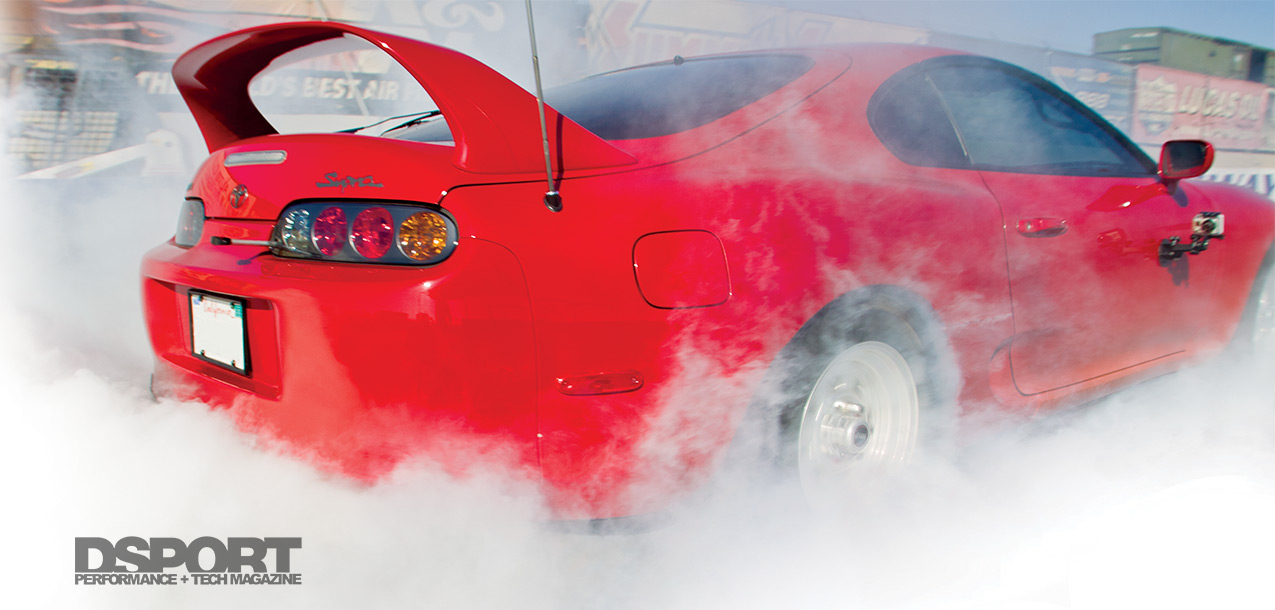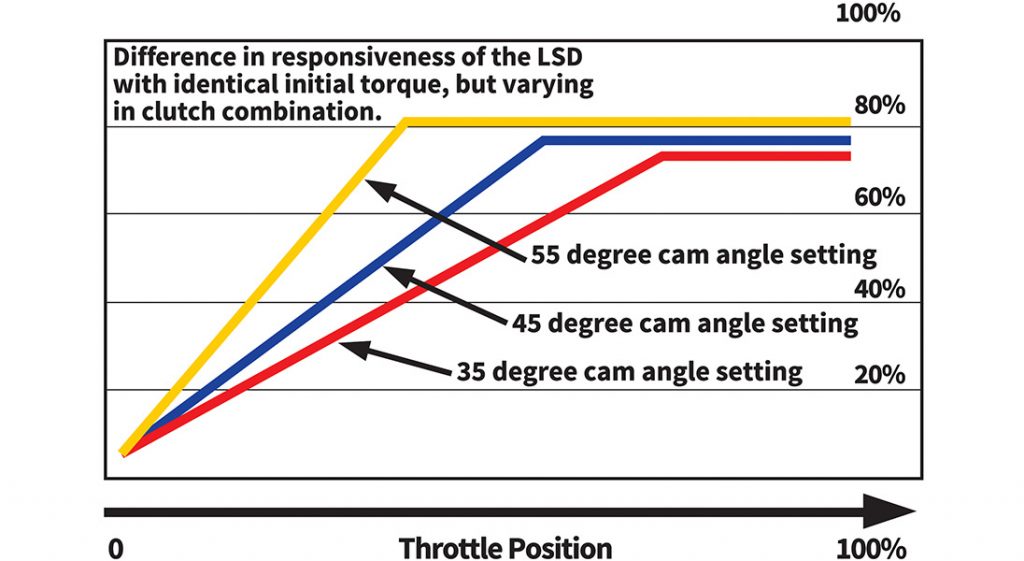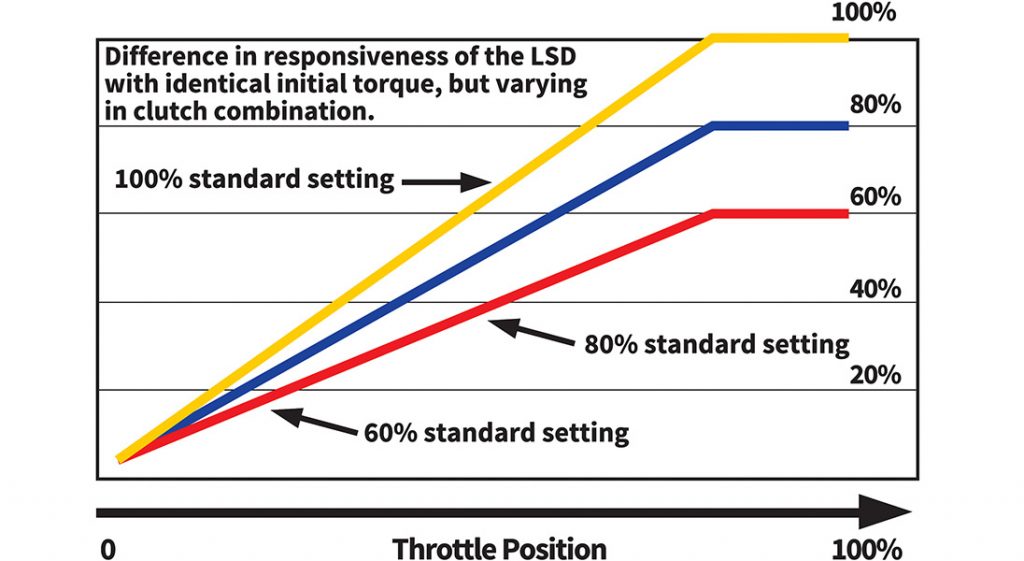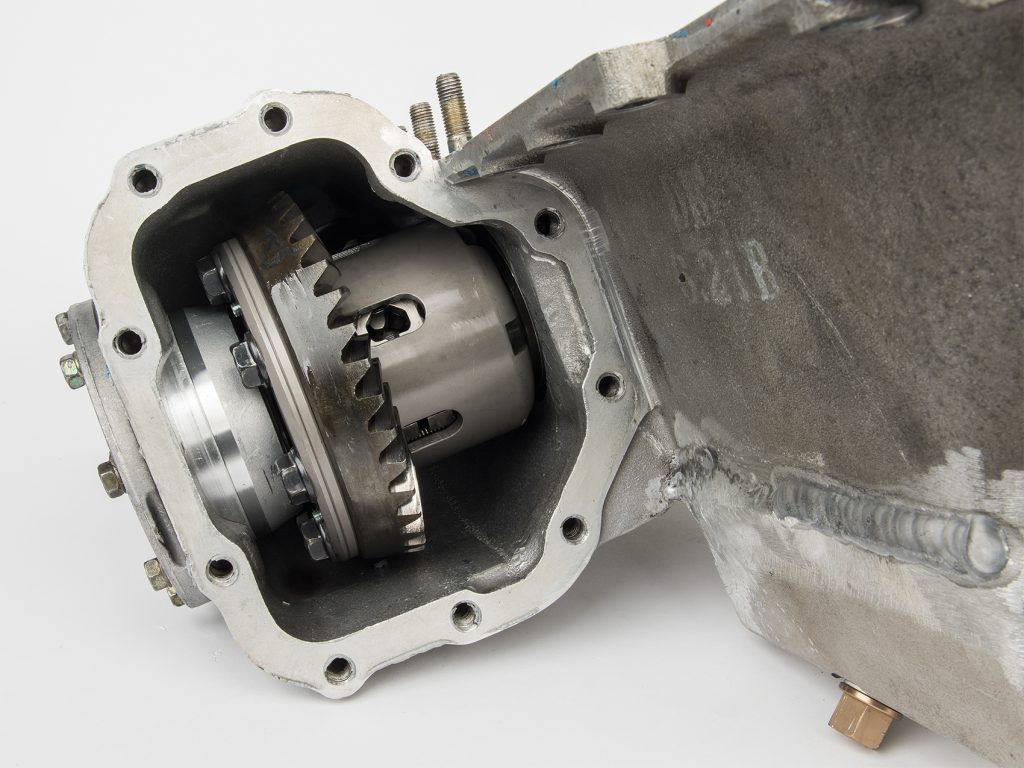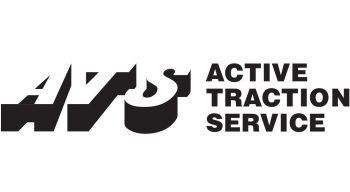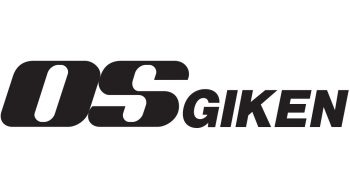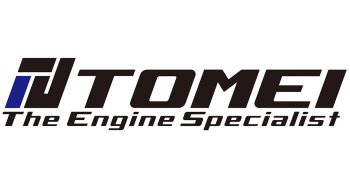Do I Need to “Tune” My LSD?
Unless you have a full competition vehicle looking to get that last tenth of a second off your lap time, selecting the right LSD from the start will mean that you won’t have to tune your LSD. In fact, most gear-type LSDs and some clutch-type LSDs don’t recommend that the user attempts to perform any tuning. For those wanting to understand or planning LSD tuning, here’s what you need to know.
More preload establishes more lock even when throttle input is non-existent.
There are basically three areas that can be “tuned” on most clutch-type LSDs. The first parameter (which can actually be measured too) is initial torque or break-away torque. Most clutch-type LSDs will have some amount of initial preload. This is the amount of torque that will always be locking the two wheels together. Increasing the preload increases the responsiveness of the locking effect. Increasing the preload too much makes the vehicle extremely hard to turn. High preload settings are more susceptible to chatter too. Preload simply represents the “base” or static amount of locking torque dialed into the system. Some clutch-type LSDs will actually set this number near zero to give an open-differential friendliness at low speeds and to limit noise and other issues. In these cases, all of the locking action becomes the responsibility of the cam angle and the clutch setup.
A more aggressive cam angle will deliver the locking action quicker which can be desirable in a high grip environment. Tire selection, torque input, vehicle application and a number of other factors will all influence what cam angle works best.
The second tunable variable is generally the cam angles. Many clutch-type LSDs will allow a change of the cam angles within the LSD. Mild cam angles require a large amount of throttle (engine torque) input for maximum locking to occur while aggressive cam angles will deliver maximum achievable locking at smaller throttle inputs. Here’s where things get tricky! Not all LSD manufactures measure cam angles the same way. One LSD manufacture may measure the angle in such a way that a 30-degree angle is mild and a 60-degree angle is aggressive. Another manufacture may do the exact opposite, calling the aggressive ramp a 30-degree and a mild ramp a 60-degree. Asking the manufacturer ahead of time is a great solution to not go the wrong direction, but simply looking to see which ramps pushes the clutch packs together sooner works too. When a cam angle is too low, the locking action of the LSD will be delayed or insufficient at part-throttle inputs. If the cam angle is too high, the smoothness of the LSD action may disappear making the transition abrupt and overly aggressive.
Varying the clutch arrangement has the same effect on response as changing the cam angle. The only difference is that the maximum transferable slip limiting will be changed too.
The final tunable variable is the maximum locking capacity of the LSD. As with the clutch that regulates torque delivery to the wheels, the number of clutches and the pressure applied determines the torque capacity of the clutch assembly. On a clutch-type LSD, it’s sometimes possible to rearrange the clutch discs to increase or decrease the maximum locking capacity of the unit. Decreasing the maximum locking capacity will decrease the responsiveness which may be desirable if low preloads and mild cam angles are still delivering too much response.
The Bottom Line
If you are a “set-it-and-forget-it” type, a gear-type LSD may be your best bet, while if you like to tune and tweak setups for maximum performance, the right clutch-type LSD set up properly will deliver the quickest lap times. In many forms of motorsports (especially those with restricted power), the car is set up around the LSD. With the exception of a massive increase in power or grip, nothing will deliver the performance increase possible with an effective LSD. Although we are a little late to making this revelation, there is a reason why LSD upgrades are among the first upgrades made to performance vehicles destined for the track in Japan, the UK and Europe.
New R32 GT-R owners, don’t forget to upgrade that front differential when you plan to exceed 500whp or go drag racing. The factory open LSD will eventually explode above 500whp or under heavy use.


